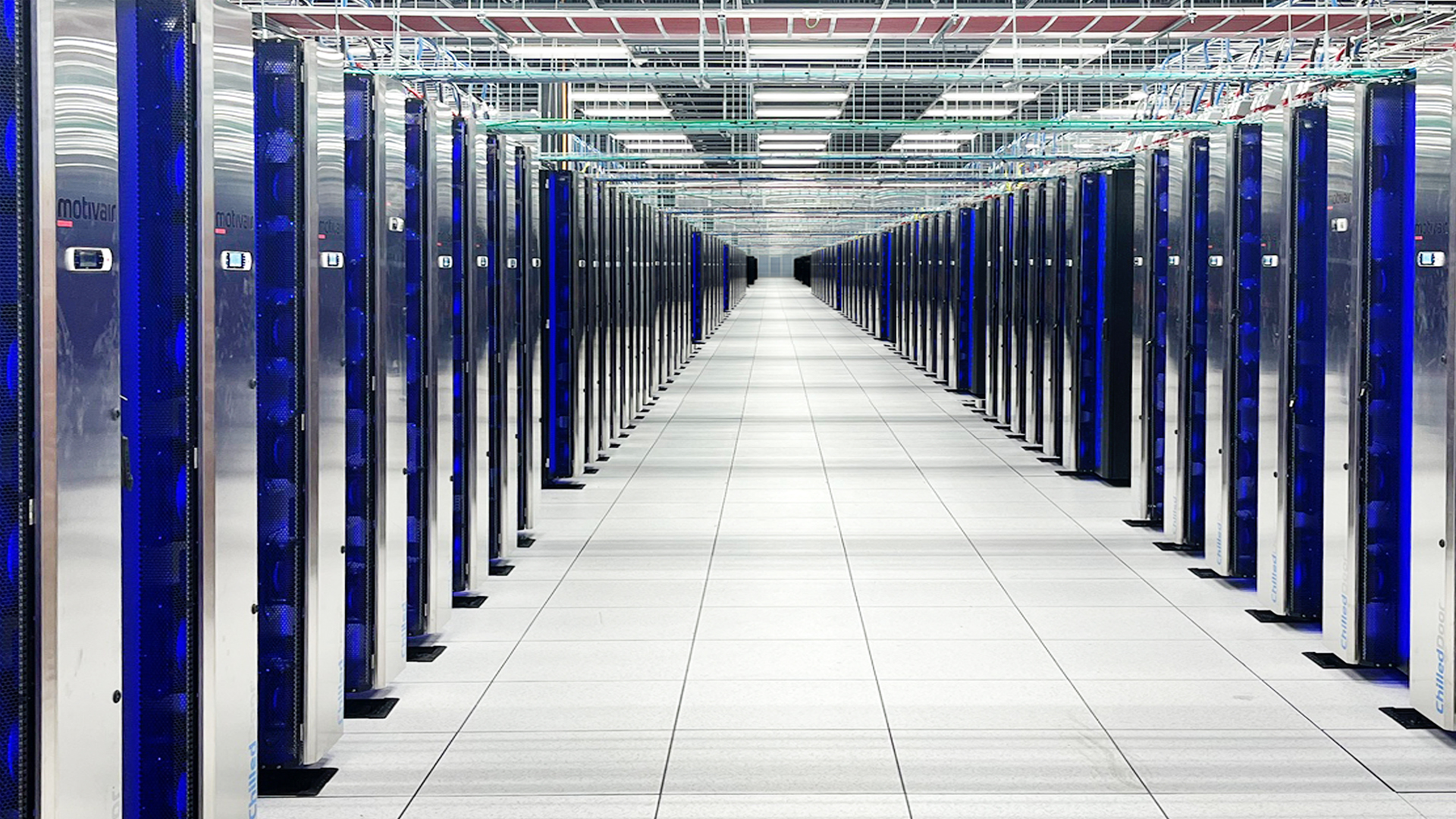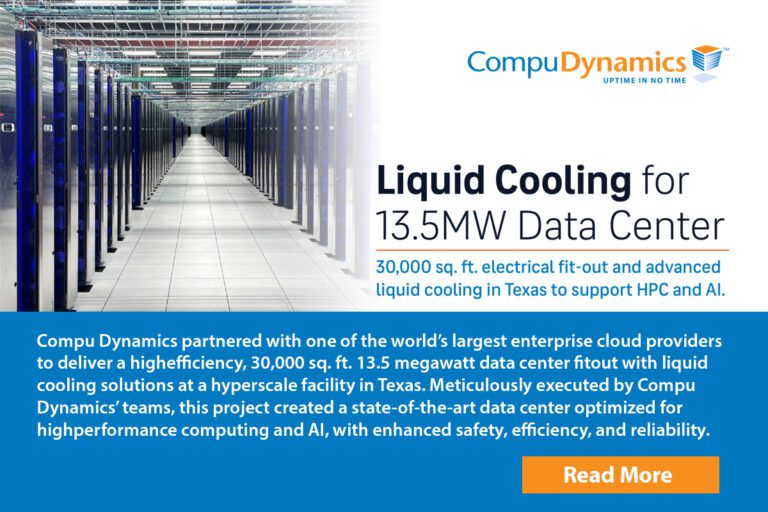Liquid cooling has become the go-to solution in the data center world as rack power densities surge beyond what traditional cooling systems can handle. While liquid cooling may sound simple, implementing a high-performance fluid-to-the-rack system can be far more complex than it appears. I want to share some insights into this complexity to help data center owners understand the challenges and prepare for successful deployment.
For over a decade, air cooling systems evolved incrementally as rack power densities rose at a manageable pace. But today’s rapid advancements in GPUs from companies like Nvidia are driving power densities to unprecedented levels, with future racks potentially reaching up to 500 kW. Scaling from 5 kW to 20 kW per cabinet was challenging enough, but now we need systems that can handle loads far beyond that, raising tough questions about scalability and futureproofing.
Beyond capacity, each liquid cooling deployment faces unique demands. Cooling requirements vary based on the specific application, chip-level heat absorption, and cooling method (such as rear door heat exchangers or room cooling systems). Achieving reliable cooling without overdesigning is critical, and redundancy (similar to that used in power systems) adds further costs. Fluid chemistry, system pressures, and temperature control also need precise planning to ensure effective cooling and long-term stability.
Design Considerations for Data Center Liquid Cooling Deployments:
Power and Density
- Rack power densities (for both initial setup and future expansion)
- Total POD power density
- Choosing CDUs that matches capacity with POD density and allow for redundancy (N+1 or N+?)
- Extra CDU loop taps for future expansions
- Need for additional air conditioning if a portion of heat energy will still radiate into the air
Fluid Flow and Cooling
- Chip-level fluid flow rates and target temperatures
- In-rack manifold specifications, including port quantity, size, fitting types, and flow control devices
- Layout of secondary POD piping (overhead or bottom-fed) and loop redundancy
- Secondary loop filtration and pressure management
Infrastructure and Materials
- Selecting appropriate piping materials
- Installing drip pans, leak detection, and supporting systems for rack and CDU weight
- Assessing building support for additional overhead or raised-floor piping
System Integration and Maintenance
- Integrating with Building Management Systems (BMS) and installing auxiliary sensors for temperature, flow, pressure, and leak detection
- Proper commissioning, maintenance, and repair practices for ongoing reliability
As we enter an AI-driven era with escalating data and heat densities, each liquid cooling solution will likely remain unique—tailored to the hardware, power, and cooling demands of each customer. For now, liquid cooling is a custom solution, and getting it right requires a knowledgeable partner to support its design, implementation, and lifecycle management.
If you own or operate a data center and need to adapt it to the liquid cooling era, we invite you to reach out to us. Compu Dynamics would be pleased to assist with your data center liquid cooling needs.


